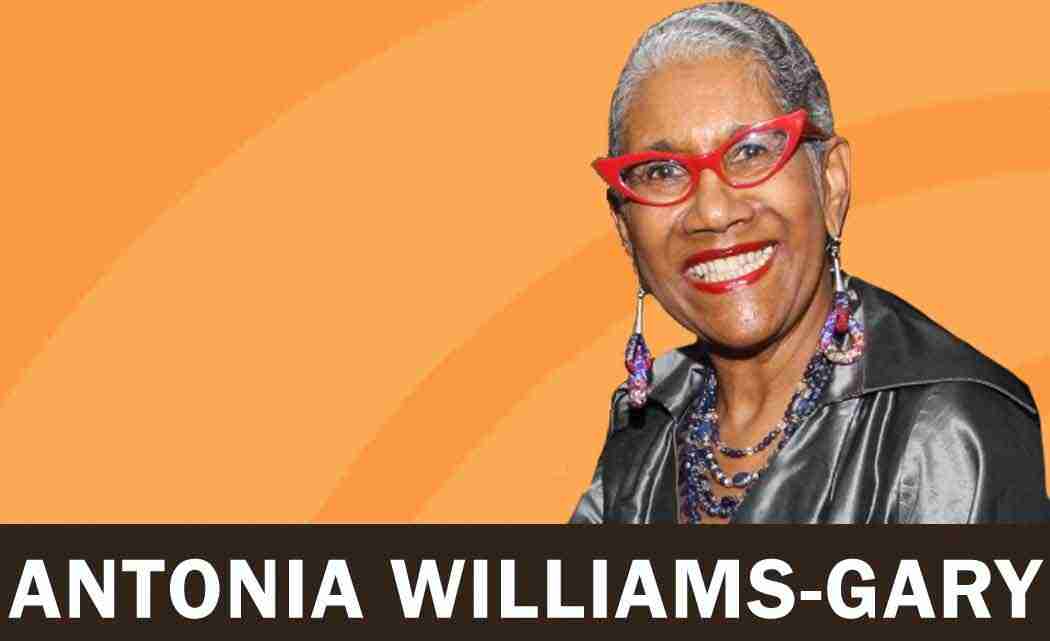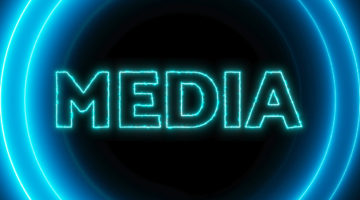Targeted.
A police officer was executed near Houston, Texas. The news media is reporting that he was presumably targeted, simply because he wore a uniform.
According to the commentary, his police blues made him a marked man. In this particular case, the killer is black. The police officer was white. There is speculation that the murder may have been a racially motivated crime.
But I’m sure it will turn out to be a bit more complex than that.
I am on record, often stated in this opinion column, and also in my personal choices, as being opposed to violence in any form; I am also opposed to almost all the country’s laws governing private gun-ownership.
That being said, I also agree that all lives matter: police lives, black lives, black girls’ and boys’ lives, et al.
But I also know that some lives are valued differently.
In America, we continue to experiment with, and tweak all those lofty ideals that the forefathers wrote about in the earliest formation of the republic; the loftiest being that all men are created equal. Indeed.
After nearly two hundred forty years, we’re still trying to legislate, administrate, incorporate, and simply live by the tenets of that ideal. It’s a daily grind.
People are primitive. We are slow to evolve and often use external markers to distinguish ourselves from the ‘other.’
How often do we notice folk who identify their beliefs on their skin; sometimes literally, with tattoos or other ‘tribal’ markings? Look at how people adopt certain styles of dress/undress to make their positons known. We cover our heads with Kangols, Kufis, head scarves, corn rows, et al, in declaration of who we are, where we are from, and/or to what we pledge our allegiance.
We ‘throw’ colors if we’re in a gang. We flash our beliefs with slogans printed on our tee shirts. We wrap ourselves in flags.
But most of those choices are benign. Some are even disposable.
They don’t usually make us targets for violence or denial.
Not like dark-skinned people, who wear a uniform, of sorts; and because of dark/black skin, this group is continuously targeted, hunted, and haunted. Volumes have been written about the disparate treatment of people of color found across all sectors of American society.
Yes, “all lives matter.” We all want to matter.
That’s the focus of the cry “black lives matter” movement, begun in the wake of a disproportionate number of unarmed black men being killed by law enforcement personnel. It is being diluted by the cry “all lives matter.”
It is a diversion from what the black lives matter movement is trying to address: a centuries-old, systemic, and often times, legally supported mistreatment of the descendants of the African slave.
Of course all lives matter, but this is America where we use a scale for the valuation of everything.
Take the most recent controversy regarding the marketplace for fetal tissue: who gets to determine the price of any life? There will never be a fair exchange of money for a body part.
The highest court of the land has justified that States can continue to implement capital punishment; the value of those human lives taken by the justice system is, thereby, adjusted.
Congressional funding priorities are uneven, at best. Who wins the lottery of annual budgets and appropriations? The military, or the arts and humanities?
Fifty one percent of the population still lags behind reaching economic parity; e.g., women’s wages are seventy five percent of a man’s for the same job; women’s health research and medical advancements are not equally funded and pursued; etc.
Education premiums are battered between public schools, charters and private academies, valuing the person by the source of their diploma/degree.
Studies support that a black male, in general, has a shelf life of 67.66 years; five years less than the average white male; is more likely to be arrested and sentenced for longer terms that a white male; and, if employed, will earn only seventy one percent of the average white male.
Based on those statistics, how would economists value the worth of a black man’s life? Of anyone’s life?
A cursory examination of the seventy-four billion dollar prison industry reveals that the average annual cost to house an inmate is between $30,000 to $60,000. To the contrary, the average College education costs from $32,000 for a private College, to $9,000 at a public College for in State students.
Granted, law enforcement is a high risk profession that carries the possibility of death against which society insures to minimize by training and arming the officer with deadly weapons, thereby levelling the playing field.
There is a high cost paid to have well-trained and armed law enforcement. One news report indicated that it can cost almost twice the starting salary to fully train and equip a police officer: nearly the same as a one year education, or a one year stay in prison.
Where are the economists in this movement?
Train. Teach. Invest. Make pay equitable. Level the playing field. Make all lives matter, for once.
Antonia Williams-Gary is a consultant with Miami-based Savings and Grace Enterprise. She may be reached at toniwg1@gmail.com










No Comment